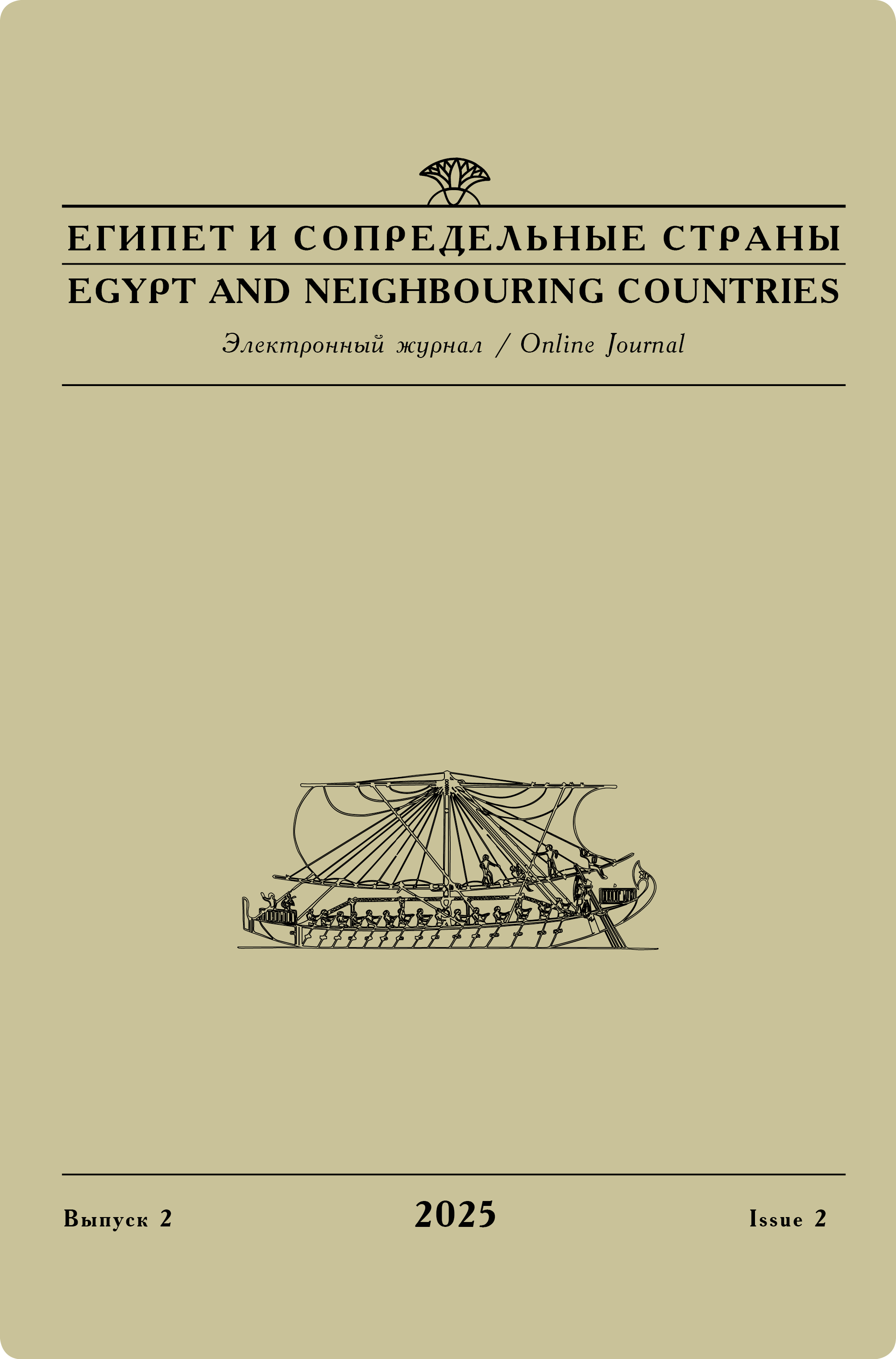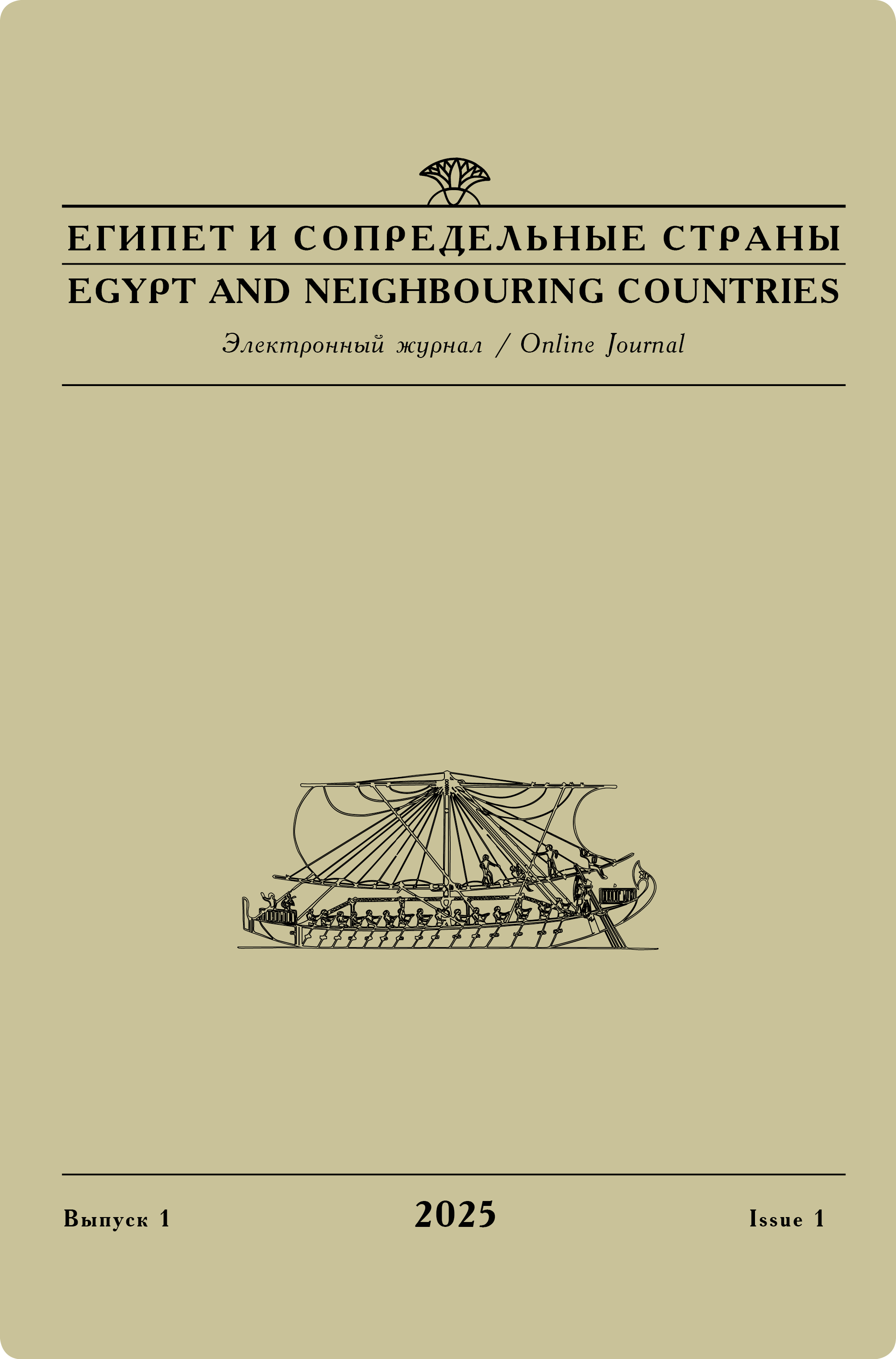Issue 3, 2016
Roman A. Orekhov
Reconsidering theories on location of ancient Memphis during the Early Kingdom
Localization and development of early Memphis have been thoroughly studied in modern Egyptology. Multiple controversial theories are based mainly on data obtained from archaeological excavations of Saqqara and Helwan cemeteries. Promising and reliable results were achieved during the project organized by the Egypt Exploration Society under direction of D. Jeffreys. Jeffreys, who studied numerous written sources, results of topographical, geophysical and archaeological surveys, proved that gradual Nile migration to the east that had occurred during the Roman times had also taken place during previous periods. This migration was very important for development of the ancient city.
This information is very important, because it partly confirms the words of Herodotus and Diodorus Siculus. They wrote that the king, who had founded Memphis, had changed the river’s flow and had moved the river bed to the east.
The other Jeffreys’ conclusion of great importance deals with time of establishment of the settlements claimant to be the early capital of Egypt. The settlement on the western bank of the Nile could be considered to be the Egypt‘s capital only since the time of Djoser (Dynasty 3). Before that time only settlement on the eastern bank took an important part in urbanization of the country.
Consequently, all reliable sources prove the theory that Memphis as a historical city was founded on a flood plain on the eastern bank of the Nile only during the Old Kingdom.
Keywords:
Early Memphis, Egypt Exploration Society, D. Jeffreys, Saqqara necropolis, White Walls, royal palace.
Original language — Russian.
Read full article




